'parashah' tagged sermons (Page 3)
Va’etchanan (וָאֶתְחַנַּן)— Hebrew for “and I pleaded,” the first word in the parashah and is the 45th weekly Torah portion (פָּרָשָׁה, parashah) in the annual cycle of Torah reading and the second in the Book of Deuteronomy. It covers Deuteronomy 3:23–7:11
(This Torah Teaching is for Shabbat of August 10th, 2024)(Donate and support this Ministry by clicking here) Torah: Deuteronomy 1:1–3:22Haftarah: Isaiah 1:1-27 Devarim (דְּבָרִים) — Hebrew for “things” or “words,” is the second word in the parashah and is the 44th weekly Torah portion (פָּרָשָׁה, parashah) in the annual cycle of Torah readings and the first in the Book of Deuteronomy. It covers Deuteronomy 1:1–3:22. Torah Parashah Devarim…
(This Torah Teaching is for Shabbat of August 3rd, 2024)(Donate and support this Ministry by clicking here) Torah: Numbers 30:2 – 36:13Haftarah: Jeremiah 2:4-28; 4:1-2 This week is a double Torah portion covering both Torah Parsha Matot as well as Torah Parsha Massei… Matot (מַּטּוֹת)— Hebrew for “tribes”, Matot is the fifth word in the parashah. It is the 42nd weekly…
(This Torah Teaching is for Shabbat of July 27th, 2024)(Donate and support this Ministry by clicking here) Torah: Numbers 25:9 – 30:1Haftarah: I Kings 18:46 – 19:1 Pin’has (פִּינְחָס)— Hebrew for “Phinehas,” a name, the sixth word in the parashah and is the 41st weekly Torah portion (פָּרָשָׁה, parashah) in the annual cycle of Torah reading. It constitutes Numbers 25:10–30:1 Torah Parsha Pinchas Summary Numbers 25:9…
Parashah Naso (נָשֹׂא) from Numbers 4:21–7:89 addresses the priestly duties, purifying the camp, restitution for wrongs committed, the wife accused of unfaithfulness (sotah), the nazirite, the Priestly Blessing, and the consecration of the Tabernacle. Naso has the largest number of letters, words, and verses of any of the 54 weekly Torah portions… Learn more with Rabbi Isaac in the video teaching!
This week we have a double Torah Parsha… Vayakhel and Pekudei. Vayakhel (וַיַּקְהֵל ) meaning “and he assembled,” and Pekudei (פְקוּדֵי ) meaning “amouts of,”…
In this study of Tetzaveh we see further symbolic details within the Mikdash (Tabernacle) that reveals the plan for man’s sanctification as well as the hidden message in the beaten olives to produce the olive oil for the menorah and the armor of God seen in the Garments of the High-Priest used to intercede for Israel and draw near to His glory!
In this study from Torah parashah Terumah we see the beautiful symbolism within the Mikdash (Tabernacle) that reveals Yah’s Plan of Salvation and shows us how God desires to “dwell” within us and what Selfless love looks like when Divinity “dwells” in Humanity!
Torah parashah Mishpatim covers Exodus 21:1 – 24:18 and goes over 53 Mishpatim or “judgements” in how to be accountable to our fellow man as well as the laws of compensation and restitution when one does something wrong or negligent. In this study we focus on how God intends for us to grow spiritually further than the “basic” instruction in Torah on how to “not do wrong things” to showing selfless love to God and our fellow man on a higher spiritual application in thought, word and deed!
Torah parashah Yitro covers Exodus 18:1 – 20:23 and tells of Yitro’s (Jethro’s) organizational counsel to Moses and God’s revelation of the Ten Commandments to the Israelites at Mount Sinai. In this study Rabbi Isaac focuses on the importance of being grafted into Israel like Yitro and the mixed multitude that came out of Egypt with Israel and then received the blessing of being apart of God’s betrothal at Sinai and receiving the Ketubah revealing how to love God and our fellow man!











